Submitted Review
‘Let’s look for some sparks.’
Lindy Lee ‘Moon in a Dew Drop’
I was late out of the blocks getting to this exhibition, in fact, I was late out of the blocks getting to Lindy Lee’s later of works. This places me at a fresh start, I like to feel. Renewed.
The first room’s opposing works set tone and triggered memories, revealing that the work as a career is not linear but more a suite of axes. Each axis a string that stretches to overlap, and at each point, the tether of these oppositions, we see not fixed points but an arc of variances. With all of them in motion the friction and flint of each facet create myriad opportunities for the artists spark to be hit, but not all of them ignite. Minor shifts in each thread make for new propositions in Lee’s cosmos.
And what of these axes? Well I see several clear links, that alone describe numerous of the new and early works from this overview of the practice, yet of course the odd loose fibre contaminates the network. Let’s look for some sparks.
Obliteration to Perforation. The early Xerox works are performative builds that intend to reveal then obfuscate the subject. Classical faces blackened through repetition like cataracts and Alzheimer’s. Where at the other end are destructive perforations, equally performative, due to the application of a focussed magnifying glass to sear and perforate the works, both ways defiling and making physical the surface of holding image.
History to Theocracy. Lee took to history early and wiped it out. She took to her own history and dug it up. While she didn’t have the luxury of exclusive cultural access afforded other cultural lineages, the embrace was more opensource with a few dips into the family album. On the journey, the magnetism of spirituality stiffens the evolution of this trajectory with unflinching honesty and conviction.
Repetition to Edition. It’s clear that repetition of an image or object can hold arresting scale. Multiplying the image and spacing it out to fill the void is often a biennale trope. Seldom is the single object as beguiling as it is in a consuming field. Lee’s attack started with seriality to explain her need to remove images and eventually used it to create the images. I find this especially true of the large bronze haemoglobins that are at once shadows of scholars’ stones, eroded to sculptural abstraction while being polished for Koonsian appeal for self-refection via the social media.
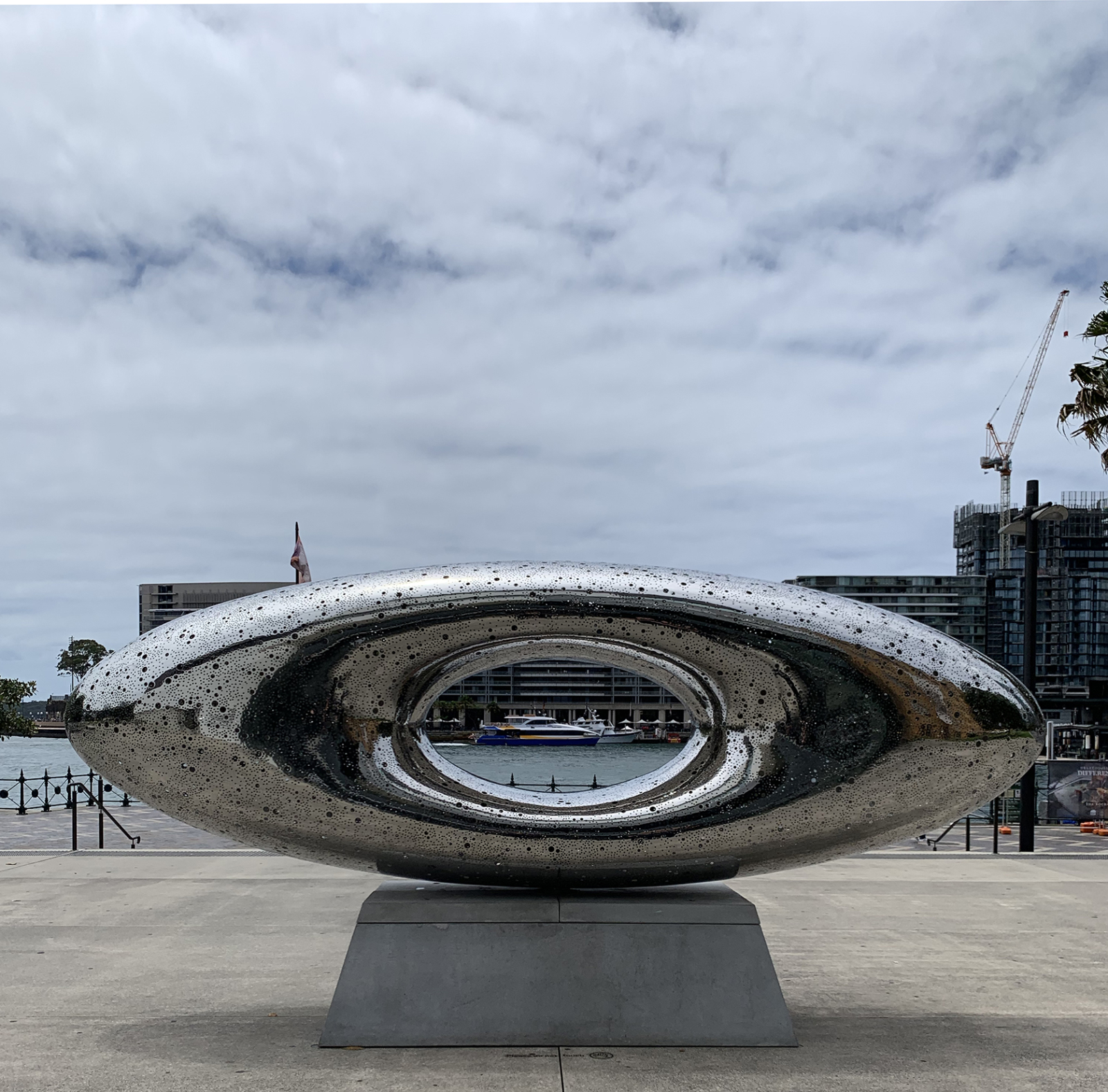
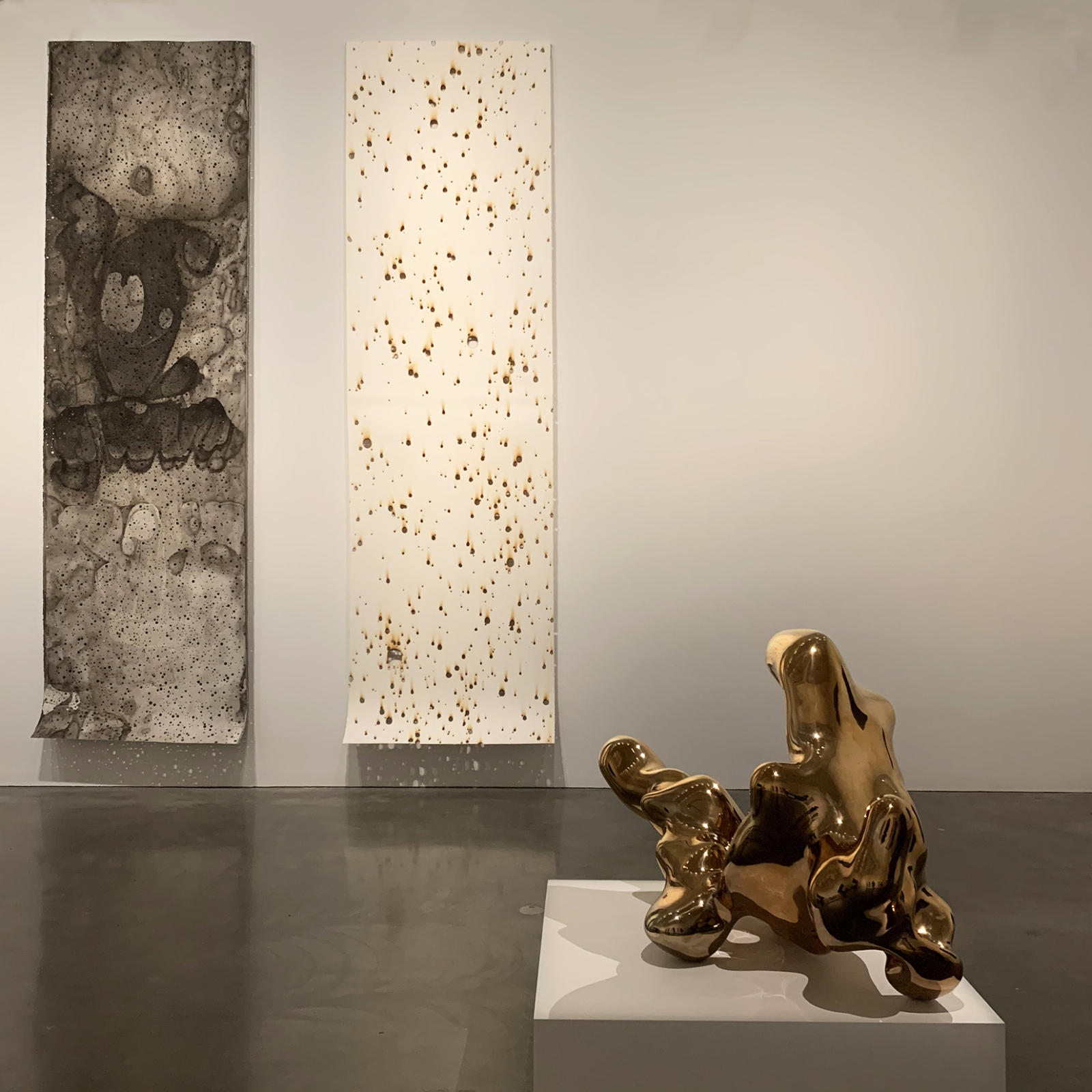
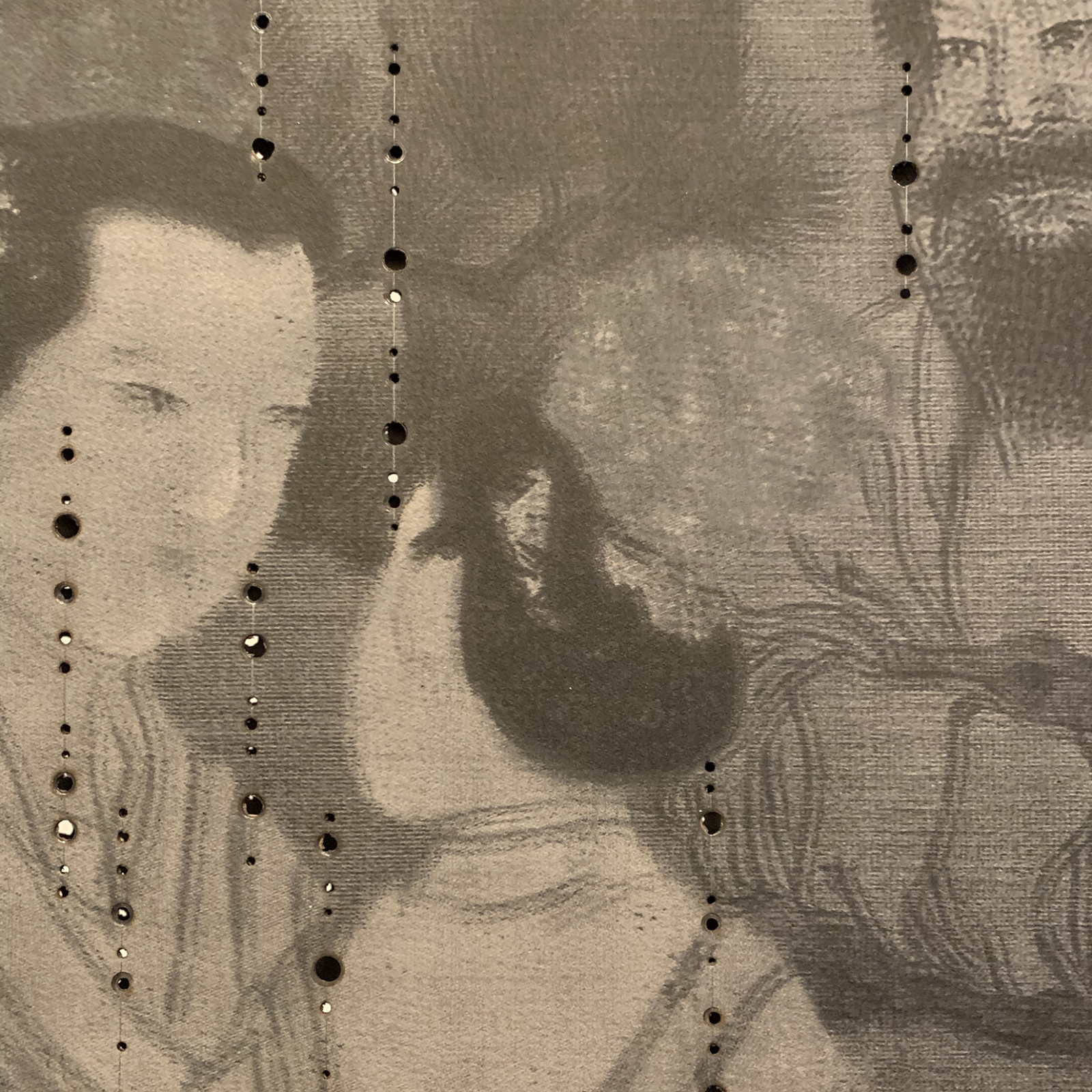
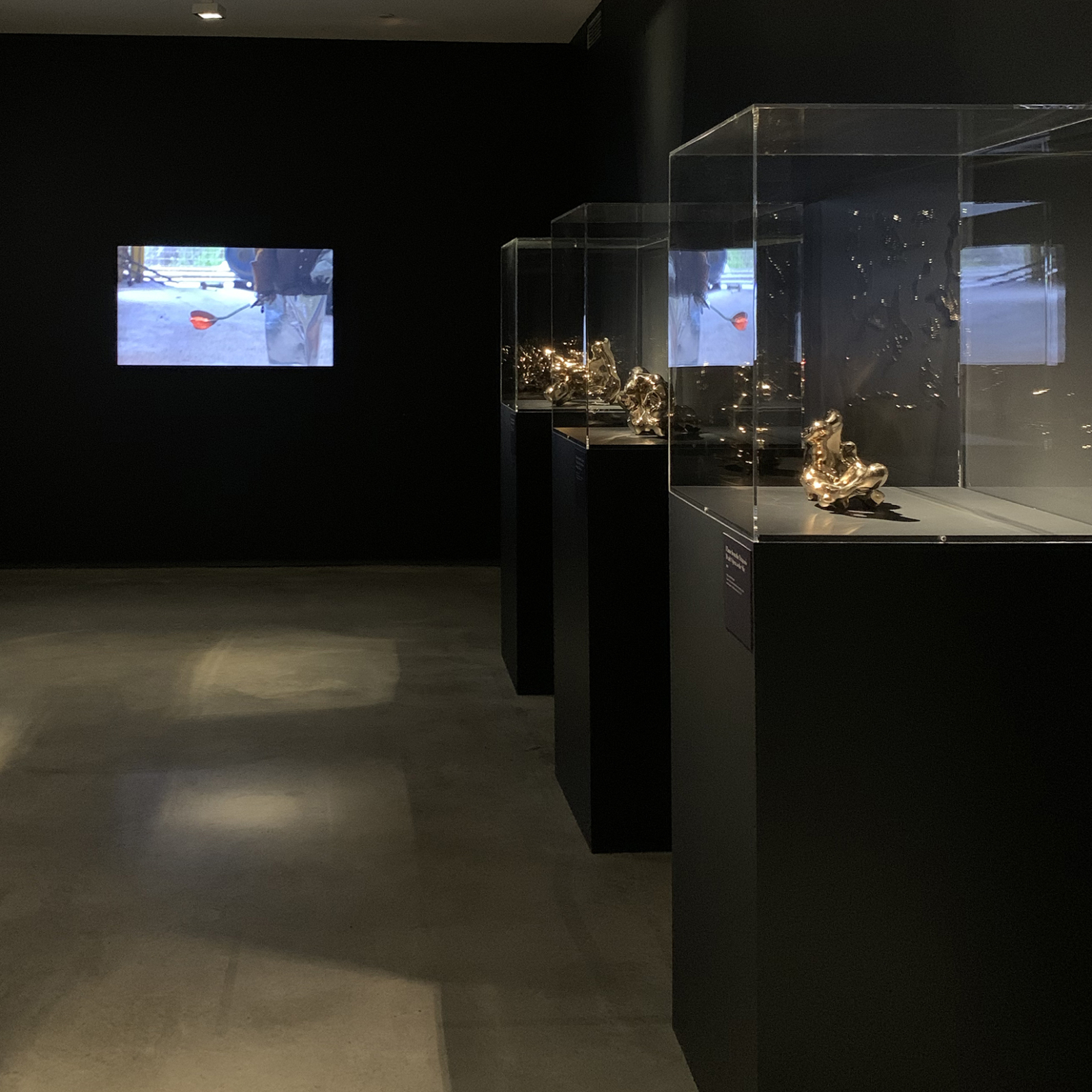
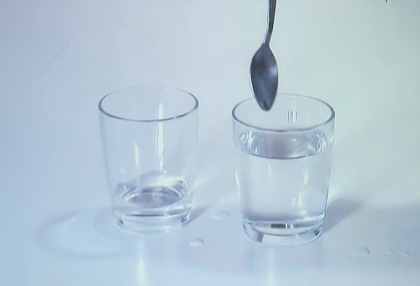
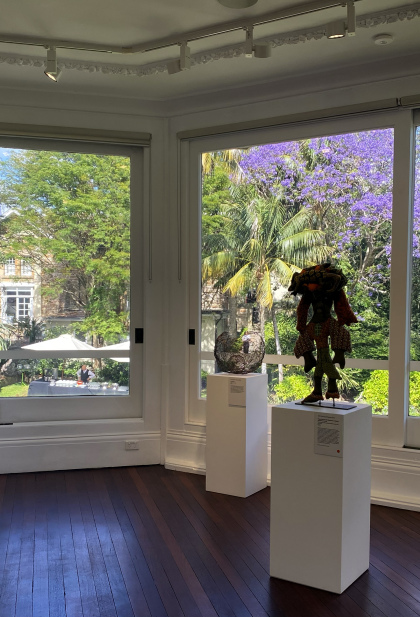
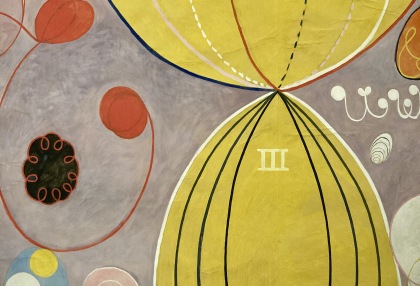
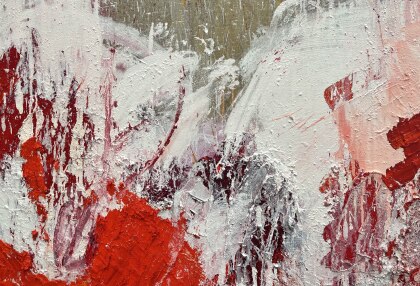
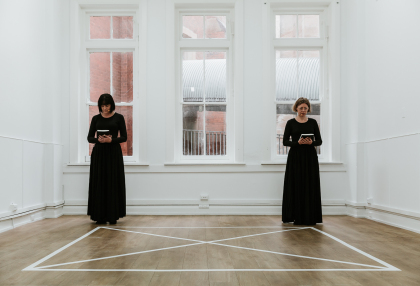
No Comments